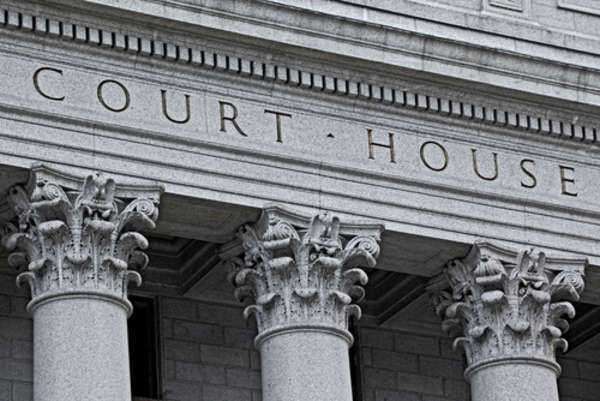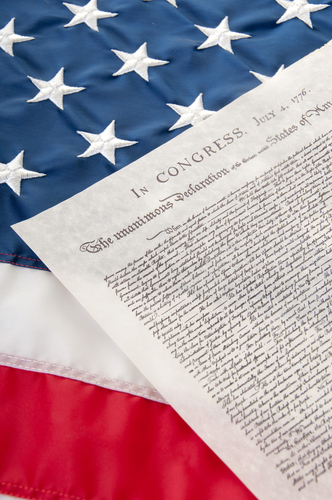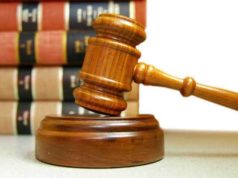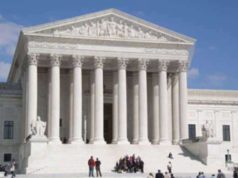
The 26th Amendment to the United States Constitution is one of the most significant amendments in American history. It was ratified in 1971, and it lowered the voting age from 21 to 18. The amendment was a response to the social and political unrest of the 1960s, and it represented a major victory for young activists who had been calling for increased youth political participation for years.
Before the ratification of the 26th Amendment, the voting age varied from state to state. In most states, the voting age was 21, but a few states had lowered it to 18. However, during the Vietnam War, young Americans were able to be drafted to fight for their country at the age of 18, but they were not allowed to vote until they turned 21. This caused controversy and led many young people to question the fairness of the voting system.
The push to lower the voting age gained momentum in the 1960s, as young activists became increasingly vocal in their demands for political participation. Groups like the Student Nonviolent Coordinating Committee (SNCC) and Students for a Democratic Society (SDS) argued that young people should be given a voice in the political process. They argued that they were old enough to fight and die in wars, but not old enough to vote for the leaders who decided when and why they would be sent to fight.
The 26th Amendment was passed quickly and with overwhelming support. Congress passed the amendment in March 1971, and it was ratified by three-fourths of the states just four months later. President Richard Nixon declared the ratification of the 26th Amendment to be “a significant step forward for the country” and a “victory for democracy.”
Since the ratification of the 26th Amendment, millions of young people have been able to exercise their right to vote in federal, state, and local elections. Young people have been able to use their voices to drive social and political change, and they have played an important role in shaping the political landscape of the United States. In recent years, young people have been particularly active in political activism, advocating for issues like gun control, climate change, and racial justice.
The 26th Amendment was a critical moment in American history. It was a tribute to the young activists who fought tirelessly to gain a voice in the political process, and it was a victory for democracy and public engagement. The amendment showed that even the youngest and most marginalized voices in society can be heard when they come together to demand change.
In conclusion, the 26th Amendment remains an important moment in the history of American democracy. It represents a victory for young people who have been given a voice in the political process and have been able to use it to drive positive change. The Amendment serves as a reminder that all Americans, regardless of their age, should have a say in the policies that affect their lives, and that the strength of our democracy depends on the active participation of all citizens.
The Twenty-Sixth Amendment to the United States Constitution was a result of student activism and demonstrations against the Vietnam War. Even though theage to participate in voting was generally twenty-one, certain states imposedtheir own requirements for voting age, setting the minimum to eighteen. The26th Amendment would finally address the voting age concern, and standardized the minimum age requirement to eighteen.
The 26thAmendment would be proposed on March 23rd, 1971, and would be ratified on July1st of the same year. The 26th Amendment would be the quickest to be ratified in United States history.
The question of a standardized voting age had beenbriefly addressed even before the activism would begin against the Vietnam War.President Dwight D. Eisenhower would be the first president to publicly voice his opinion, stating his support for lowering the voting age to eighteen.President Nixon would sign into law an extension of the Voting Rights Act of1965 that would effectively enact the voting age minimum of eighteen.
On June 22,1970, President Nixon signed into law the lowering of the voting age toeighteen for all Federal, State, and local elections. However, this newlegislation would be challenged by Oregon v. Mitchell, which declared the law unconstitutional on the basis that the FederalGovernment did not have the authority to set a minimum age requirement for voting in State and local elections.
The argumentof student activists and those supporting the voting age minimum of eighteenwould often cite that if a person is old enough to fight in a war, then thatperson is old enough to vote. This was a result of the draft age being loweredto eighteen by President Franklin D. Roosevelt on the onset of World War II.
The United States Supreme Court, as a result of Oregon v. Mitchell,would enforce the voting age of eighteen for Federal elections and allowed eighteen-year-old individuals to vote in the 1972 Presidential andCongressional elections. However, it maintained that the states wouldultimately decide the voting age minimum individually for their own State andlocal elections. This would prove to be somewhat of a situation ripe for confusion and chaos, for two systems of voting and record-keeping would have to be implemented and be kept separate for Federal and State elections.
It becameclear to the majority of the states that an Amendment proposal by Congress tolower to voting age to a standard of eighteen would provide for a more conciseand simple system of voting and elections. Once the 26th Amendment wasproposed, it became the quickest to be ratified by the required number ofstates in U.S. history.


























